- Shaanxi has actively integrated into the Belt and Road Initiative and strengthened international tourism cooperation

Tour thousands of years of ancient capital, visit the starting point of the Silk Road, appreciate the essence of cultural relics, to find the Han and Tang Dynasties. Such a short description of 20 words will bring Shaanxi hot search.
A thousand years ago, the Silk Road, starting from Chang 'an, connected the East and West with cultural exchanges, unimpeded trade and people-to-people exchanges, and promoted the progress and development of human civilization. Xi 'an city wall, bell tower, Big Wild Goose Pagoda... Ancient buildings bearing thousands of years of Chinese civilization penetrate the depth and longevity of history, and glow with the fashionable city full of science and technology and fireworks, telling the story of the Silk Road where world civilizations exchange, learn from each other and share beauty.
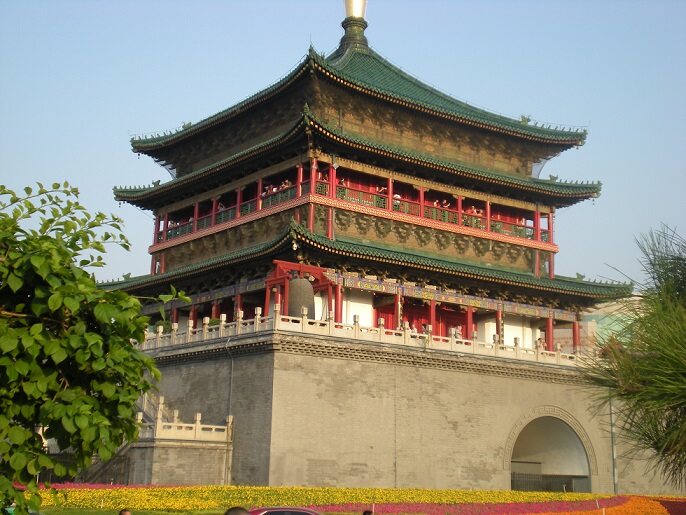
In the new era, the Belt and Road Initiative has become an important platform for international cooperation since it was proposed in 2013. Shaanxi has actively integrated into the overall pattern of the Belt and Road. It is brave to innovate and take the initiative. In Xi 'an, the starting point of the Silk Road, Shaanxi has written a new chapter of Silk Road cultural tourism. As a bridgehead for the development of the Western region, Shaanxi has accelerated practical cooperation with countries along the Silk Road, and actively built platforms, expanded channels and innovated mechanisms to focus on the goal of becoming an "international cultural and tourism center". In recent years, Shaanxi Province has signed a total of 249 tourism projects with a contract value of about 186.3 billion yuan. The brand influence of Culture Shaanxi, national style Qin Charm, starting point of Silk Road, hometown of Terracotta Warriors, understanding China from Shaanxi continues to increase.
Encounter Culture Shaanxi
Shaanxi is one of the important birthplaces of the Chinese nation and Chinese culture, with rich historical and cultural characteristics. Among them, Guanzhong shadow Play, Han Tune Erhuang, Ansai Waist Drum, Yijun farmer's painting, Xi 'an Drum music, Northern Shaanxi folk song, Yulin ditto and so on are very famous.
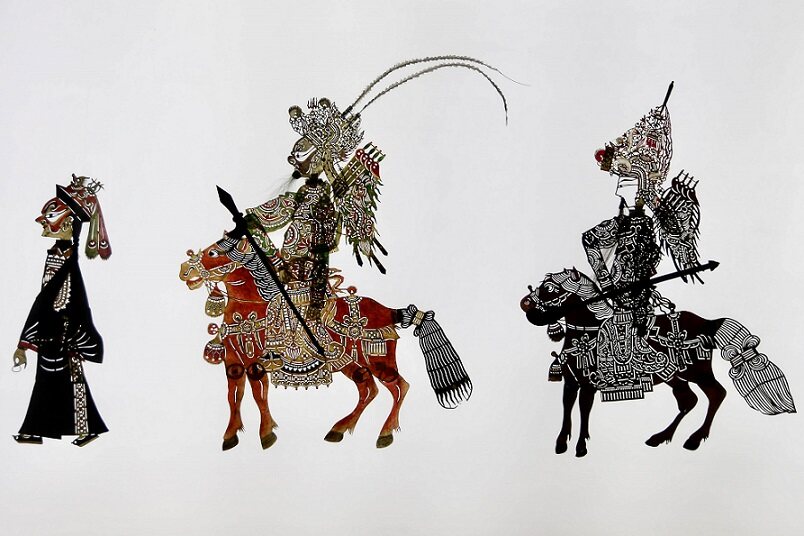
Guanzhong shadow play is a very old traditional dramatic art form. It originated from the Han Dynasty and was originally made of cardboard. After the Song Dynasty, it began to be made of cow, sheep and donkey skin. Guan Zhong shadow play not only inherits the tradition of Han Dynasty portrait stone carving, but also gives full play to the long style of Song Dynasty courtyard painting. It uses refined gallery shape, exaggerated decorative patterns, dense and virtual processing techniques, and meticulous carving to express the appearance, identity, clothing and personality of the characters in the drama, achieving the artistic effect of both form and spirit.
Erhuang is the second largest type of opera in Shaanxi. It originated from the folk songs, pastoral songs and folk songs of the Han River valley in southern Shaanxi Province. In the early Qing Dynasty, it was influenced by Qin Opera, and absorbed Kunqu opera, blow opera and Gaobozi tunes.
Ansai Waist Drum is a traditional folk dance in Ansai District, Yan 'an City, Shaanxi province. Its bold and bold movements and vigorous and bold dance gestures fully reflect the simple, simple, bold and brave personality and character of the people in the northern Shaanxi Plateau. The performance can be performed by a few people or thousands of people together, magnificent, exquisite performance, known as the world's first drum. On May 20, 2006, Ansai Waist Drum was included in the first batch of national intangible Cultural Heritage list approved by The State Council.
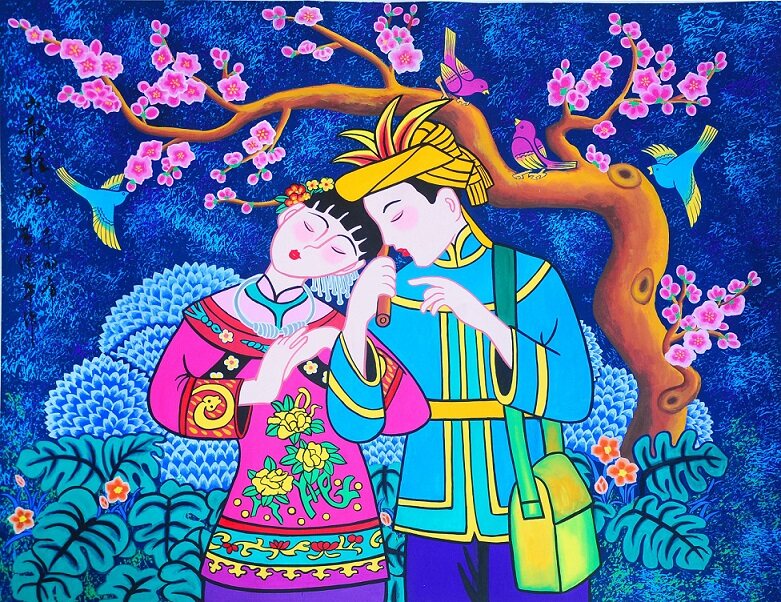
Yijun farmer painting is a kind of painting art that Yijun folk artists show the local customs of Yijun and even the Loess Plateau through the form of painting on the basis of the traditional paper-cut art. The natural, primitive and crude painting style and the artistic expression form of harmonious coexistence between man and nature add to the splendor of the Chinese art Garden. The unique artistic imagination of Yijun farmer paintings is magical and authentic, transcending reality but profound in meaning.
Xi 'an Drum Music is an important relic of ancient Chinese music, its unique complex form and rich characteristics of music, rotation and instrument configuration forms become valuable evidence to crack the mystery of ancient Chinese music art; Its extensive repertory of music has enriched the treasure house of Chinese music culture and will play an important role in the further development of Chinese folk music culture.
Feel the national style of Qin rhyme
Sponsored by Shaanxi Provincial Department of Culture and co-hosted by Shaanxi Provincial Office of Revitalization of Qin Opera and Shaanxi Satellite TV, "Chinese Style and Qin Rhyme" is a program of Shaanxi traditional culture. Based on the inheritance, recording and dissemination of excellent traditional Chinese culture, it gathers and summarizes the Chinese cultural style and Qin rhyme again by truly recording the history and humanistic cultural heritage of Qin culture circle led by Qin Opera. Based on the rich advantages of Shaanxi's cultural resources, the book aims to promote Shaanxi culture to go out and show the excellent Chinese culture to the world on the basis of respecting the tradition, inheriting the tradition and carrying forward the traditional Chinese culture.
The national style is the essence of the Book of Songs and the bright pearl in the treasure house of Chinese literature and art. The folk songs of the Zhou Dynasty in the national style reflect the real life of the Chinese working people with colorful pictures, expressing their injustice against the exploited and oppressed situation and their belief in striving for a better life. They are the source of Chinese realistic poetry.
Qin was the name of the Zhou Dynasty vassal state (897 BC - 221 BC), one of the seven male Warring States, in today's Gansu Tianshui, Shaanxi Baoji area. In 221 BC, the king of Qin unified China and established the Qin Dynasty. When the first centralized feudal dynasty was established in the history of China, the great power of the world appeared for the first time on the land of China. The Chinese history and culture based on the Qin people became the symbol of the most confident, upward and proud under the unification. The communication process of Qin culture formed a series of arts and culture, and behind the Qin charm was a symbol of a nation.
"Guofeng Qin Yun" is not the creator of art, more is the faithful record and practice of Chinese art, humanity, spiritual heritage!
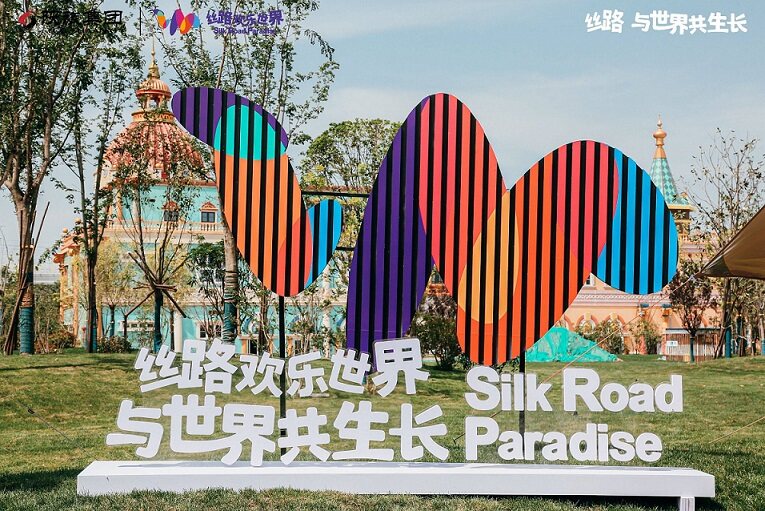
The Silk Road is full of wonders of the happy world
Visit the beginning of the Silk Road, find the source of culture, praise the legend of the Silk Road, listen to the voice of the Silk Road. The ancient Silk Road, connecting the east and west and the Eurasian continent, enabled economic, cultural and political exchanges and development among the countries along the route. Its significance has long gone beyond a simple "road" and has left a strong mark in history. Based on this, the Belt and Road Initiative received common support at home and abroad when it was put forward in 2013. As a result, the scene of the ancient Silk Road thousands of years ago was reappearing, but with more diversified connotations and forms. In 2023, in honor of the 10th anniversary of the Belt and Road Initiative, the Silk Road Joy World, located in Xi 'an, Shaanxi Province, the starting point of the ancient Silk Road, opened on April 28.
The Silk Road Joy World is the first Silk Road-themed park in China. The park covers a variety of business types, including theme amusement, urban commerce, fine performance, digital exhibition hall, quality hotel, etc. There are seven cultural themed blocks, including Magic China, Glory Rome, Sunny Greece, Dreamland of Snow, Magnificent Persia, Secret Land of the Sand Sea, and Ganges Elephant Valley. Each block has a different architectural design style. To show tourists the cultural customs of different countries or regions along the Silk Road, shuttling between the blocks is like experiencing an exotic journey, real and fantastic.
The gears of time keep spinning forward, but there are some histories and cultures we can't forget. The Silk Road was once one of the most prosperous and impressive transportation routes in the world. It not only boosted the development of ancient China, but also benefited many countries in Asia and Europe along the route, driving the development of the whole region. As a new landmark of Silk Road cultural tourism, Happy World of Silk Road will become a window for domestic tourists to learn about Silk Road culture and a channel for foreign tourists to learn about Chinese culture.
See Shaanxi for more information about China
One can look at Shanghai for one hundred years, Beijing for one thousand years, and Shaanxi for two thousand years. Shaanxi is the first place to understand China. Shaanxi is the starting point of the ancient Silk Road and home to the Terracotta Warriors. There are 9 world Heritage sites in Shaanxi, including the Mausoleum of Emperor Qin Shihuang and the pit of Terracotta Warriors and Horses. Second, the Silk Road: Chang 'an - Tianshan Corridor road network, third, the Great Wall. The provincial capital Xi 'an, known as Chang 'an in ancient times, is one of the four ancient capitals of the world along with ancient Rome, Cairo and Athens. Thirteen dynasties, such as Zhou, Qin, Han and Tang, established their capitals here, which lasted for 1180 years. It is an indispensable part of human history and a valuable common treasure of mankind.
Culture is the biggest resource of Shaanxi and the profound connotation of its image. Shaanxi's historical and cultural heritage embodies the essence of Chinese civilization for a long period of time, embodies the advanced Oriental culture of the ancient world, and witnesses the history of the integration and collision of Eastern and Western civilizations. The Mausoleum of the Yellow Emperor, the Terracotta Warriors, the Pagoda Mountain of Yan 'an and the Qinling Mountains in Shaanxi are the spiritual and natural symbols of Chinese civilization, Chinese revolution and Chinese geography.
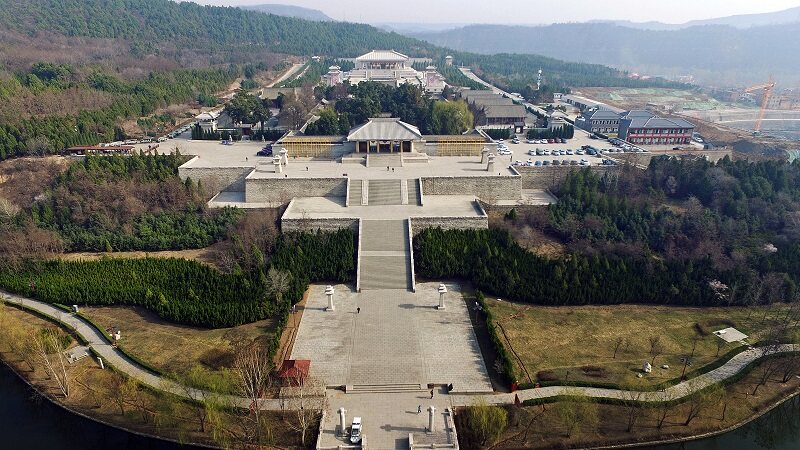
Huangdi Mausoleum is the tomb of Emperor Huangdi, the ancestor of the Chinese nation. It is located on the top of the Bridge Mountain 1 km north of Huangling County, Shaanxi Province. In 1961, The State Council announced that it was one of the first batch of national key cultural relic protection units, the first ancient tomb, known as "the world's first mausoleum". Chinese descendants all call themselves "descendants of Yan Huang, sons and daughters of China". According to ancient books, the surname of the Yellow Emperor is Gongsun, because he grew up in Ji Shui, and his surname is Ji. Sealed in a bear, a Xiong family, used to live in the hill of Xuanyuan, also known as Xuanyuan, because of the worship of earth virtues, yellow soil, so also called "yellow Emperor".
In the legend, the Yellow Emperor is not only the heroic leader of the Chinese people who defeated Chiyou with the Yan Emperor, but also the embodiment of wisdom. Many inventions are attributed to the Yellow Emperor or his wife and subordinates. Later generations regard the era of the Yellow Emperor as the beginning of the Chinese nation's entry into civilized society, so the Yellow Emperor is respected as the "originator of humanity". But technically, the Yellow Emperor still belongs to the legendary era, so there are now four tombs of the Yellow Emperor in China. The great Sima Qian recorded in the Great Records of the Grand Historian that the Yellow Emperor was buried in Qiaoshan, and Emperor Wudi of Han led 180,000 troops to offer sacrifices to the Yellow Emperor in Qiaoshan. Therefore, the Yellow Emperor Mausoleum on the Qiaoshan Mountain became the place where national ceremonies were held in successive dynasties.
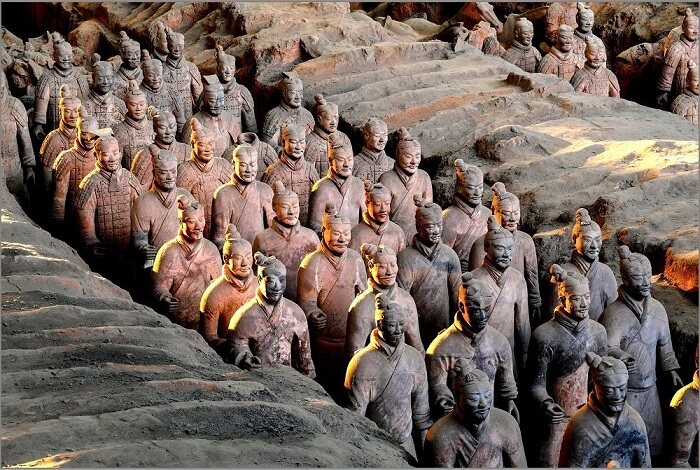
The Terracotta Warriors and Horses, also known as Qin Shi Huang's Terracotta Warriors and horses, are located in the Terracotta Warriors and Horses Pit 1.5 kilometers east of Qin Shi Huang's mausoleum in Lintong District, Xi 'an City, Shaanxi Province. The Terracotta warriors and horses were discovered in March 1974. Later, it was one of the first national key cultural relics protection units and one of the first Chinese World Heritage sites.
Terracotta warriors and horses are a category of ancient tomb sculptures. In ancient times, human martyrdom was practiced. Slaves were the appendages of slave owners during their lifetime, and slaves were buried with slave owners after their death. Terracotta warriors and horses are burial objects in the shape of chariots, horses and soldiers. The Terra-cotta warriors and horses of Qin Dynasty is the typical burial of terra-cotta warriors and the peak of burial by terra-cotta warriors. The reason why the Terracotta Warriors have reached such a high level of scale and realism is not only due to the wisdom of the craftsmen, but also due to the will of Qin Shi Huang, the first emperor in history.
Known as the "Eighth Wonder of the world", it has been visited by more than 200 foreign heads of state and heads of state. It has become a golden name card of the glorious ancient Chinese civilization and is honored as one of the world's top ten ancient tomb rarities.
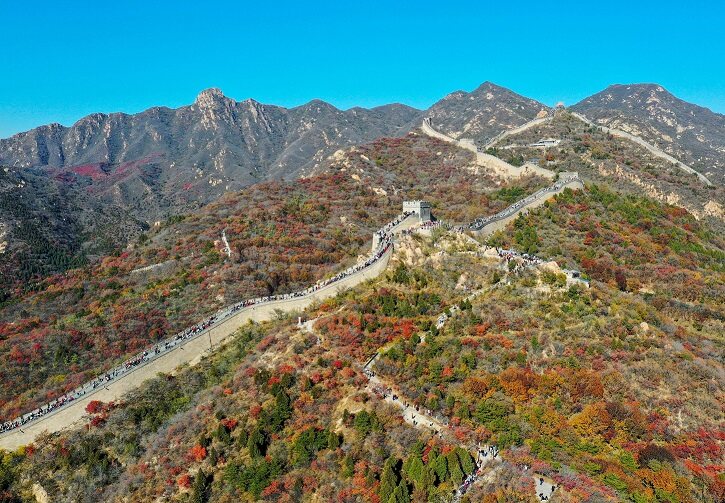
Open a new era of Silk Road cultural tourism
Hundreds of years ago, Shaanxi, as the starting point of the ancient Silk Road, witnessed the prosperity of "envoys looking at each other on the road and business travel on the road". Today, Shaanxi opens the door for the world to understand China, know China, fall in love with China, in the dizzying cultural relics and historic sites, Yuk Yuk's lake scenery, a long history and culture, the unique charm of folk customs, to tell the story of China, the power of Shaanxi.
More than two thousand years of time has endowed the Silk Road with rich cultural deposits, making it not only a simple commercial route, but also a link, becoming a cultural carrier with a profound historical accumulation.
Under the opportunity of the Belt and Road, Shaanxi, a new starting point, has made a new business card of the integrated development of Silk Road culture and tourism. Tourists in the new era can experience a brand new cultural tourism experience along the Silk Road. The Belt and Road has sounded the horn of a new journey of cultural tourism. Standing at the starting point of the ancient Silk Road and the core area of the Belt and Road, Shaanxi not only bears the historical glory, but also shoulders the heavy task of cultural rejuvenation. Focusing on the goal of building an international cultural and tourism center, Shaanxi Province has accelerated cultural and tourism exchanges and cooperation with countries along the Silk Road, actively fostered cultural and tourism projects, reshaped the new starting point of Silk Road tourism, made the Silk Road glow with new glory, and opened a new era of Silk Road cultural and tourism. Editor/Zhao E
Comment
 Praise
Praise
 Collect
Collect
 Comment
Comment
 Search
Search



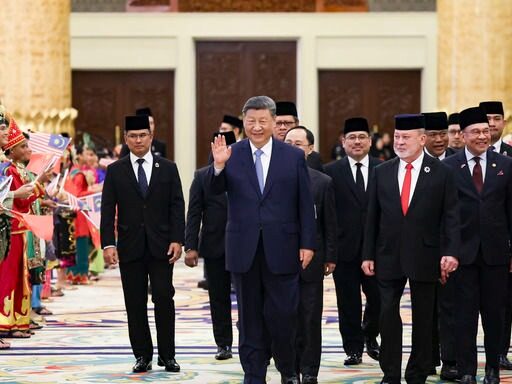



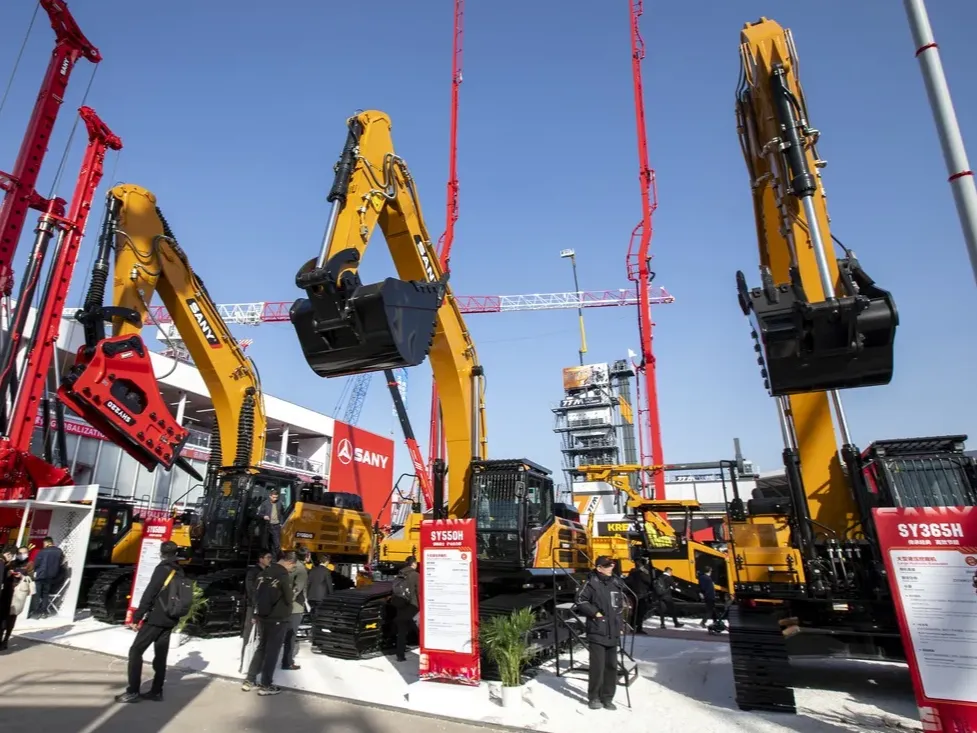






Write something~